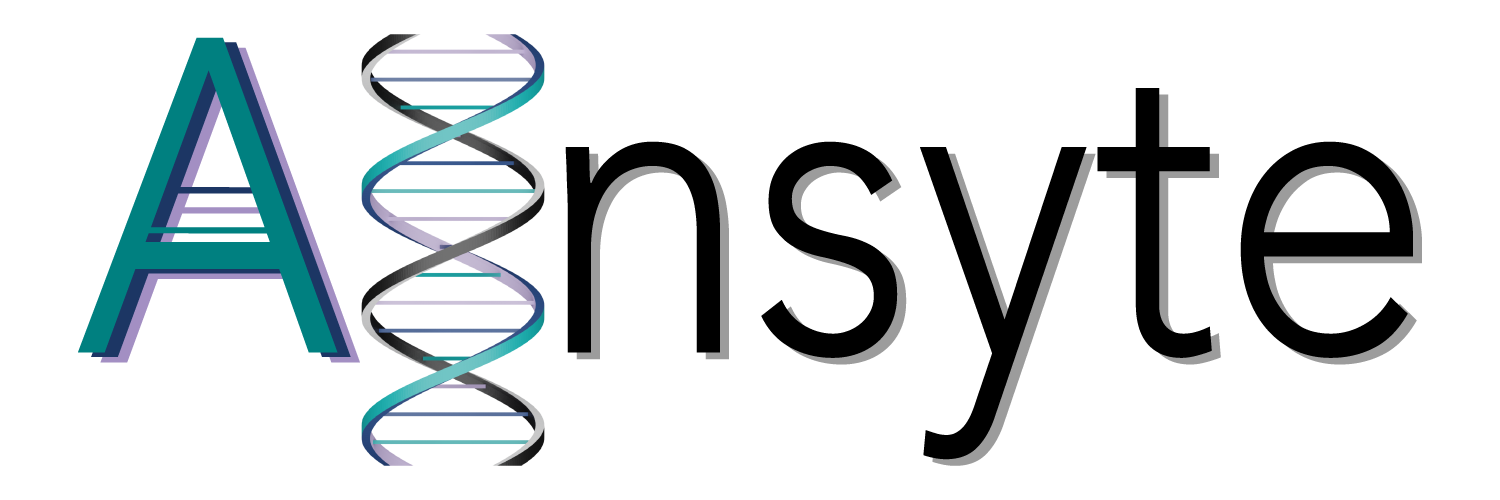
Personality Inventory Information
Our Personality Inventory uses a single set of questions and AI to speculate on conclusions from ten famous models of personality profiling. The AI can recognize patterns within the results to report a unique profile of your personality.
Traditionally, these models have been limited to multiple-choice or rating-scale formats, constraining the depth of information they can gather. With our groundbreaking model, users can choose to type out their responses, allowing for a more nuanced understanding of their personality. The more you write, the better your results.
Examples Results Report
What inspires AInsyte Personality Inventories?
Myers-Briggs Type Indicator (MBTI)
The MBTI was developed by Katharine Briggs and her daughter Isabel Briggs Myers based on the theories of Swiss psychologist Carl Jung. The MBTI is based on Jung's theory of psychological types and identifies individuals into personality types. It is used for personal development, career counselling, team building, and relationship counselling. Results can be used to help manage feelings and behaviors in different situations.
Five Factor Model (FFM)
The FFM, also known as the Big Five Personality Traits is a widely accepted personality framework developed by multiple researchers over several decades. Notably, Raymond Cattell, Paul Costa, and Robert McCrae made significant contributions to the development and refinement of the model. The FFM categorizes personality traits into five dimensions, each with two levels below them: openness to experience (intellect and openness), conscientiousness (industrious and orderly), extraversion (enthusiastic and assertive), agreeableness (compassionate and polite), and neuroticism (volatility and withdrawal). It is used in various fields, such as personality assessment, organizational psychology, and individual differences research. Results help identify unique characteristics.
DISC Assessment (DISC)
The DISC was developed by psychologist William Marston, who also contributed to the creation of the lie detector. Marston's background in studying emotions and behavior influenced the development of the DISC model. The assessment categorizes individuals into four primary behavioral styles: dominance, influence, steadiness, and conscientiousness. It aims to predict behavioral preferences in different settings and is commonly used for team building, conflict resolution, and communication training. Results can help identify how a person might respond to challenges and work with others.
Enneagram
The origins of the Enneagram draws from various psychological traditions. It gained popularity in the 1970s through the work of several individuals, including Oscar Ichazo, Claudio Naranjo, and Don Richard Riso. The word "Enneagram" is derived from the Greek words "ennea" (meaning "nine") and "gramma" (meaning "figure" or "drawing"), and it refers to the nine points or personality types represented in the Enneagram symbol. The Enneagram categorizes individuals into nine interconnected personality types, each representing a different core motivation, fears, desires, and patterns of thinking and behavior. It is used for self-discovery, personal growth, relationship understanding, counselling, coaching, and team development. Results can help identify a person’s level of development, core beliefs, thoughts, feelings and emotions.
Hogan Personality Inventory (HPI)
The HPI was developed by Robert Hogan, a psychologist specializing in personality and organizational psychology. The HPI focuses on measuring normal-range personality characteristics and assessing potential job performance. It consists of six primary scales, including adjustment, ambition, sociability, interpersonal sensitivity, prudence, and inquisitiveness. The HPI is widely used in pre-employment screening, leadership development, and career counselling. Results can help identify the kind of organization and level of responsibility that might be a good fit as well as behaviors might be seen during times of stress and where personality based performance risks may occur.
Strengthsfinder
Strengthsfinder, was developed by Gallup, a well-known research and consulting company. The assessment is based on the work of Donald O. Clifton, a psychologist known for his contributions to positive psychology. Strengthsfinder identifies an individual's top strengths out of 34 possible talent themes. It aims to help individuals identify and develop their natural talents and is used for personal and professional development, team building, and career guidance. Results can help identify a person’s unique characteristics and what things in life may be best suited for them.
Keirsey Temperament Sorter (KTS)
The KTS is a psychological assessment tool developed by psychologist David Keirsey, Ph.D, building upon the work of psychologist Katharine Briggs. The KTS categorizes individuals into one of four temperaments: Artisan, Guardian, Idealist, and Rational, each with four character types for a total of 16 possible personality types. The temperament's are based on two broad groups of behavior, communication (concrete or abstract) and action (cooperative or utilitarian). Each temperament is associated with specific personality traits, core needs, values, and preferred communication styles. Results can help identify how to build effective relationships with others.
Sixteen Personality Factor Questionnaire (16PF)
The 16PF Questionnaire was developed by psychologist Raymond Cattell and his colleagues. Cattell was a prominent figure in the field of personality assessment and made significant contributions to trait theory. The questionnaire measures 16 primary personality factors, such as warmth, reasoning, emotional stability, dominance, and self-reliance. It is used in clinical settings, career counselling, and research on personality and behavior. Results can be used to understand a person’s primary traits and provide insight to facilitate self reflection.
Hexaco Model of Personality Structure (Hexaco)
Hexaco was developed by multiple researchers, including Kibeom Lee and Michael C. Ashton. Lee has a Ph.D. in psychology and is known for his work on personality and individual differences. Ashton is a renowned psychologist who extensively researched personality traits. The Hexaco Model extends the FFM and includes six dimensions: honesty-humility, emotionality, extraversion, agreeableness, conscientiousness, and openness to experience. It focuses on ethical and interpersonal aspects of personality and is used in personality research, organizational psychology, and individual differences studies. Results can be used to understand a person’s tendency to seek information about, and experience with, the natural and human world.
California Psychological Inventory (CPI)
The CPI was developed by Harrison Gough, a psychologist specializing in personality assessment. The CPI is a self-reported inventory that assesses personality traits, values, and attitudes across various dimensions. It is used in counselling, personnel selection, and career development to gain insights into an individual's personality and motivations. Results can be used to understand where a person lies on the normal-range measure of human behavior and how to leverage strengths for personal growth.





